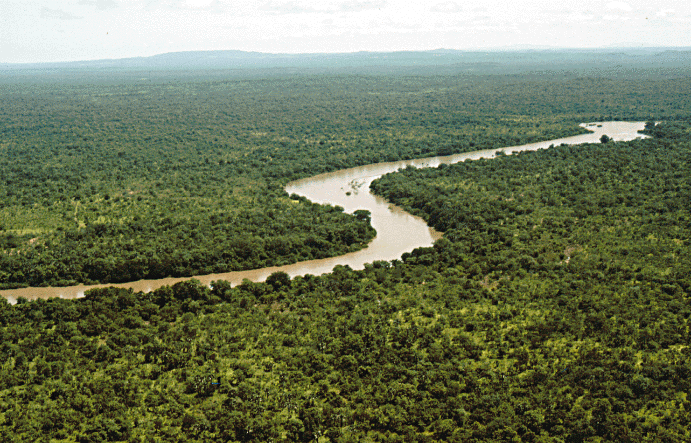 |
| Lance Price |
In the United States, there are nine billion food animals produced annually including, 34 million cattle, 108 million hogs, 267 mililon turkeys, and 8.9 billion broilers. In contrast, there is only a human population of about 300 million people. Only a fraction of those people will be treated with antibiotics (for 10 days or so a year), but those nine billion animals will be treated all the time whether they’re sick or not.
Combined with overcrowded and unsanitary conditions, feeding healthy animals antibiotics to prevent disease and promote their growth are ideal grounds for evolution of antibiotic-resistant bacteria. These are bacteria that are no longer inhibited or killed by antibiotics at clinically relevant doses and evidence continues to grow that many of these resistant bacteria do eventually make their way to humans (some originated in humans and made their way back).
How do bacteria become resistant? Bacteria can pick up genes through viruses, other bacteria, or random mutation. Most of these mutated bacteria die unless there is a selective force. Antibiotic selection kills off most of the bacteria, but resistant ones flourish. Each application of antibiotics is potentially selecting for antibiotic resistant bacteria. Antibiotic resistance has already moved beyond the classic foodborne pathogens like Salmonella, Campylobacter and others that cause gastrointestinal illnesses. Resistance has expanded to several other types of bacteria including ones that cause urinary tract infections. It also moved beyond food, to types of bacteria we find everywhere such as in bathrooms, on phones, and on the computer keyboards.
“Antibiotic resistance is one of the greatest threats to public health that we face today,” said Lance Price, director of Transational Genomics Institute (TGEn) North’s Center for Microbiomics and Human Health and the Center for Food Microbiology and Environmental Health, on Oct. 16 at New Horizons in Science during the ScienceWriters2011 annual meeting in Flagstaff, Ariz.
Ten years ago, Price assisted in the use of genomic analysis to investigate anthrax attacks and determine their sources. Now, he’s using the same principles to other areas, specifically in antibiotic resistance — where it comes from and how it spreads.
Recently, his team has sequenced a new strain of methicillin-resistant Staphylococcus aureas dubbed MRSA ST398. The strain was traced back to the Netherlands, where an infant had first been infected with it. The problem with ST398 is that it was indistinguishable from normal strains using the gold standard multi-locus sequence typing (MLST).
So, Price’s team had to use genome sequence typing (WGST) to get a high resolution fingerprint. They initiated a major survey on food animals and farmers and found that 40 percent of pigs were infected in 80 percent of the farms in the Netherlands. In the U.S., 49 percent of pigs were infected in 70 percent of the farms.
“We’re now starting to see people get ST398 that aren’t connected to livestock, probably from contaminated meat,” Price said, who also added that it has spread to chicken and beef.
The new existence of ST398, Price fears, could mean the beginning of new epidemic. Already, he said, it has become more deadly in the U.S. than HIV! This is why he is calling for greater efforts to educate the public about the harms of antibiotic treatment in animals.
“We must make sure that antibiotics are used only when necessary. There is still a lot of antibiotic overuse,” Price said. “Food animal producers are not on board. Most U.S. food animals are given antibiotics routinely.”
Food animals comprise of the single greatest use of antibiotics in the U.S. with more used for animal feed than the all of the U.S. population. A total of 29 million pounds of antibiotic are produced for feeding healthy animals annually, most of which are classes important to human medicine.
“This is the thing that drives public health people crazy,” Price said.
Read a similar account of Price’s talk found at Scientific American.


.jpg)


